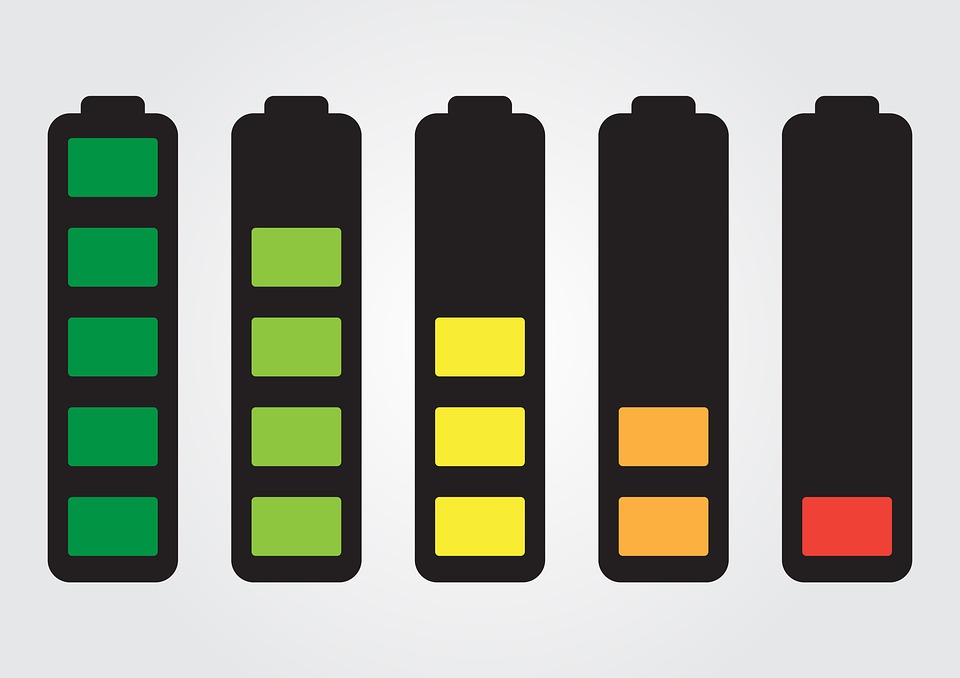
INTRODUCTION
Batteries play an increasingly important role in the overall health, efficiency and reliability of many medical devices. The number of battery-powered medical devices will continue to increase as more medical devices become computerized, compact and mobile. Although there are numerous advantages to the use of batteries in medical device applications such as backup power or portability, there are also numerous challenges that may impact the design, testing, manufacturing, integration, selection, purchase, storage, maintenance and use of batteries throughout the entire product life cycle.
This article is intended to provide an overview of successful development practices, Manufacture and use of 48V lithium ion Battery / 48V lifepo4 batteries in applications for medical devices. The main factors discussed here are applicable to all forms of medical devices powered by batteries and regulatory classifications. This knowledge is intended for those who design, produce and maintain battery-powered medical devices, in particular those who may be new to the area. Finally, this paper is not intended to provide a detailed guide to the technical specifics of any individual software application. Alternatively, it is the duty of the system manufacturer to obtain expert professional advice where applicable for 48V lithium ion Battery / 48V lifepo4 batteries.
DEFINITIONS
Anodyne (negative electrode) in 48V lithium ion Battery / 48V lifepo4 battery:
An electrode that supplies electrons to the external circuit and is oxidized in an electrochemical reaction.
Battery:
A48V lithium ion Battery / 48V lifepo4 battery consisting of one or more cells that converts the chemical energy stored in its active materials into electrical energy through an electrochemical reaction.
Capacity:
The48V lithium ion Battery / 48V lifepo4 battery is quantity of electrical charge that can be supplied by a cell or battery under specified discharge conditions. Capacity is usually given in Ampere Hours (Ah) units.
Power fade:
The reduction of functional power of the rechargeable battery. Capacity fade can depend on time and period in a48V lithium ion Battery / 48V lifepo4 battery.
Cathode (positive electrode) in 48V lithium ion Battery / 48V lifepo4 battery:
An electrode that absorbs electrons from the external circuit and reduces electrochemical reactions.
Cell in A 48V lithium ion Battery / 48V lifepo4 batteries:
A simple electrochemical unit consisting of electrodes, electrolytes, tubes, terminals and usually separators, which is a source of electrical energy by electrochemical reactions.
Cyclein A 48V lithium ion Battery / 48V lifepo4 batteries:
A series of operations that is carried out and repeated, typically in the same sequence. In the case of a rechargeable battery, the cycle may consist of a charge followed by a discharge or a discharge followed by a charge under specified conditions.
Electrolytein48V lithium ion Battery / 48V lifepo4 batteries:
That which provides a medium for the transfer of charged ions inside a cell to an anodeand cathode.
What factors influence the purchase of a lithium ion battery used in a medical device?
Depends on the device and the battery technology being used... 48V lithium ion Battery / 48V lifepo4is a very vague and general term, as useful as "lead-acid." You just need to call the basic configuration of the chemistry and battery.
A very simple factor is what the choices are if the worst happens-if your hand holds a medical device to shoot, it's horrible, but you can throw it around the room and get it away from people pretty quickly... OTOH, whether it's an internal device or something that the patient can't quickly get away from like a wheelchair, fire is a much bigger concern.
Chemistry options in Lithium Battery
Among the several lithium battery chemistry options, possibly the two largest at present are Lithium-Polymer (LiPo) and Lithium-Iron-Phosphate (LiFePO4) Of the two, LiPo provides higher power density (thus offering a smaller / lighter package for a given capacity) but is much more vulnerable to fire / explosion for many reasons, including how they are manufactured (usually soft envelopes) and the fact that they c.LiFePO4 doesn't have as high a power density, but it's far less likely to have issues as it doesn't have metallic lithium in it, it remains trapped in a range of compounds.
In addition, at least some LiFePO4 batteries are packaged in a "tin-can" type package (such as Headway cells) that gives it much better mechanical protection. If you look at YouTube (News - Alert), you'll see a large amount of people torturing LiFePO4 cells in various ways— often they get smoke, and sometimes what I might call an "alcohol" sort of flame, but never a violent flame / explosion of a lithium battery...As far as I am concerned,
The bottom line
The bottom line is that I am trying to upgrade my personal power chair from the stone-age, lead-acid bricks that it actually uses to lithium cells.This will give me about three times the energy stored (or the range) and save about 50 lbs. of weight in the same physical room... I will use Headway LiFePO4 cells, which IMHO is no more risky than the latest VRLA lead-acid technology. Yet you couldn't pay me to sit on a LiPo bag...
In addition, LiPo cells are relatively short in life expectancy and quite expensive... LiFePO4 cells when properly discharged / recharged have a much higher life expectancy-the headway cells that I'm searching for are predicted to have about 10,000 life expectancy, vs. 3-500 for lead brick cells.
